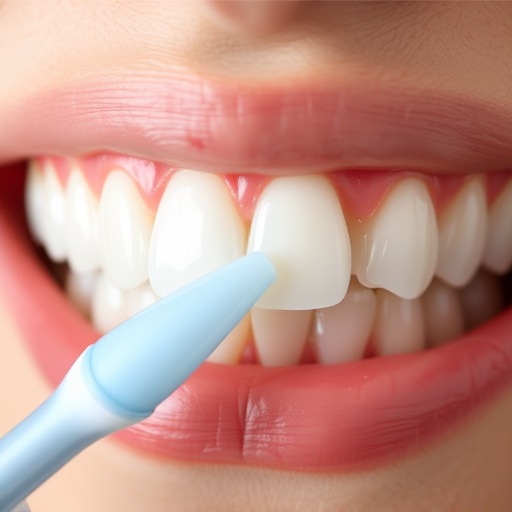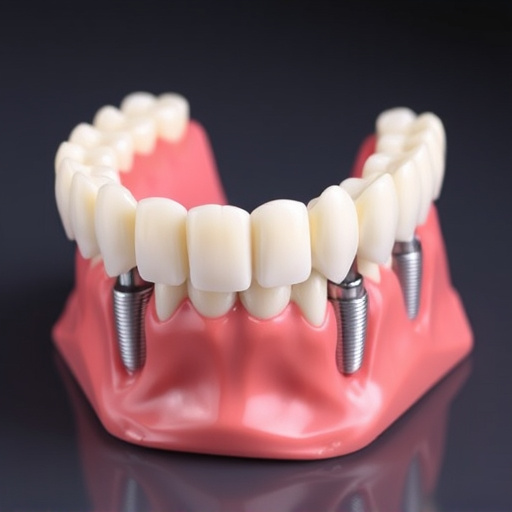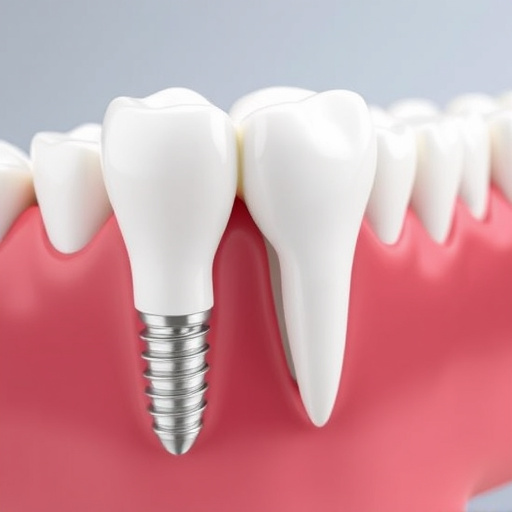Special needs dentistry is a vital component of holistic healthcare, addressing oral care for individuals with diverse disabilities. It recognizes the connection between oral health and overall well-being, offering tailored treatments for unique challenges. This field employs adapted techniques and technology to ensure comfortable dental visits for patients with physical, mental, or developmental conditions. Accessing quality dental care requires collaboration among stakeholders, with family dentistry practices as key points of contact. Implementing inclusive policies, staff training, and personalized care plans enhances accessibility and promotes good oral health for these individuals. Creating an inclusive dental environment involves intentional design, reducing sensory triggers, and providing tailored care, fostering a welcoming atmosphere for patients with special needs.
Special needs dentistry plays a pivotal role in ensuring oral health for individuals with diverse conditions. This field specializes in meeting the unique requirements of patients with physical, mental, or developmental disabilities. Accessing quality dental care can be challenging for this population, highlighting the urgent need for tailored strategies and inclusive practices.
This article explores effective ways to improve access, offering a comprehensive guide for creating an environment that welcomes and caters to those with special needs, ultimately promoting better oral health outcomes.
- Understanding Special Needs Dentistry and its Significance
- Strategies to Enhance Access to Dental Care for Individuals with Special Needs
- Building an Inclusive Dental Environment: A Step-by-Step Guide
Understanding Special Needs Dentistry and its Significance

Special needs dentistry is a specialized field that focuses on providing oral care for individuals with various physical, mental, and developmental disabilities. It’s a crucial aspect of holistic healthcare, recognizing that oral health is intrinsically linked to overall well-being. This branch of dentistry addresses unique challenges faced by patients with special needs, ensuring they receive the same quality of dental care as everyone else. From adapting treatment techniques to utilizing advanced technologies like clear aligners for children’s dentistry, special needs dentists aim to make dental visits comfortable and accessible.
Understanding the significance of special needs dentistry is vital, given that these individuals often require tailored approaches due to their specific conditions. For instance, patients with autism spectrum disorder might experience anxiety during dental procedures, necessitating gentle, patient-centered care. Similarly, wisdom tooth removal procedures for those with intellectual disabilities must be conducted with utmost care and consideration for their unique needs. Special needs dentistry bridges the gap between standard dental care and the specialized attention these individuals deserve, promoting not just physical health but also building confidence and improving quality of life.
Strategies to Enhance Access to Dental Care for Individuals with Special Needs

Promoting access to quality dental care for individuals with special needs is a multifaceted approach that requires collaboration between various stakeholders. Family dentistry practices play a pivotal role in this regard, as they often serve as the first point of contact for routine and emergency dental care. Implementing inclusive policies, such as offering flexible appointment scheduling and providing a calm, welcoming environment, can significantly enhance access. Training staff to communicate effectively with patients having special needs, including those requiring wisdom tooth removal or emergency dental care, is also crucial.
Customized care plans tailored to individual patients’ unique requirements further improve accessibility. This includes utilizing specialized equipment, employing sensory tools to create a soothing experience, and incorporating adaptive techniques for better oral hygiene management. By integrating these strategies, family dentistry can ensure that individuals with special needs receive the same level of compassionate and comprehensive care as their peers, fostering good oral health and overall well-being.
Building an Inclusive Dental Environment: A Step-by-Step Guide

Creating an inclusive dental environment is a multifaceted process that requires intentional design and a deep understanding of the unique needs of individuals with special requirements. Here’s a step-by-step guide to help dental practices foster a welcoming atmosphere for everyone, especially those with special needs.
Start by assessing your physical space. Ensure adequate width for wheelchairs and consider sensory considerations such as reducing noise levels and providing calming visual elements. Make essential areas like the reception desk and examination rooms easily accessible. Train staff on communication techniques that cater to different abilities, from sign language interpretation to simple, clear spoken words. Implement a system for personalized care plans tailored to each patient’s specific needs, focusing on regular dental cleanings, routine oral exams, and gentle tooth repair procedures when necessary. This approach not only improves access to care but also promotes a sense of comfort and security for patients with special needs and their families.
Special needs dentistry plays a pivotal role in ensuring that individuals with diverse requirements receive the dental care they deserve. By implementing tailored strategies and creating inclusive environments, we can significantly enhance access to oral health services for this underserved population. Through collaborative efforts between dental professionals, healthcare systems, and advocates, we can break down barriers and make quality dental care accessible to all, fostering better overall health and well-being for individuals with special needs.














